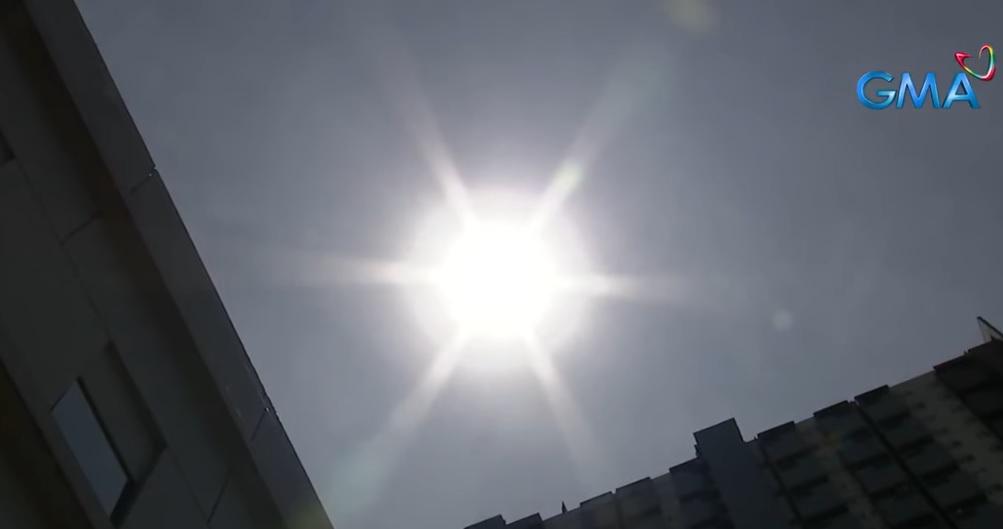Dangerous heat index expected in 8 areas - PAGASA

A “danger” level of heat index may be experienced in eight areas in the country on Wednesday, according to state weather bureau PAGASA.
In its 5 p.m. forecast on Tuesday, PAGASA said the following areas are expected to feel the highest heat index in the country of up to 44 degrees Celsius:
- Dagupan City, Pangasinan: 44°C
- Puerto Princesa City, Palawan: 43°C
- Aborlan, Palawan: 43°C
- Bacnotan, La Union: 42°C
- San Jose, Occidental Mindoro: 42°C
- Roxas City, Capiz: 42°C
- Guiuan, Eastern Samar: 42°C
- Cotabato City, Maguindanao: 42°C
PAGASA defines heat index as the measure of the temperature that a person feels, which is different from the actual air temperature. It is computed by factoring in the humidity as well as air temperature.
In areas experiencing dangerous level heat index, which is from 42°C to 51°C, heat cramps and heat exhaustion are likely, according to PAGASA. Heat stroke is also possible with continued exposure.
Symptoms of heat-related illnesses include sweating heavily, exhaustion or fatigue, dizziness or lightheadedness, blacking out or feeling dizzy when standing, weak but fast pulses, feeling of nausea, and vomiting.
On Tuesday, Dagupan City, Pangasinan and Sangley Point, Cavite experienced the highest heat index at 44°C, according to PAGASA.
Due to the extreme hot weather, the Schools Division Office (SDO) of Manila released a memorandum ordering public schools to conduct classes only from 6 a.m. to 12 noon.
The adjusted schedule of classes is effective from April 11 to May 28.
First aid measures
If anyone is experiencing heat stroke symptoms, the Department of Health (DOH) advised concerned individuals to follow these first aid measures:
- move the person to a shaded, cool area, and provide ventilation.
- remove the person’s outer clothing.
- apply cold compresses, ice packs, cold water, or cold wet cloth against the skin, especially on the head, face, neck, armpits, wrists, ankles, and groin.
- if the patient is conscious, encourage frequent slow sips of cool water.
- contact emergency services or bring the person to the hospital immediately
To prevent heat-related illnesses, the DOH advised the public to limit time spent outdoors, drink plenty of water, and avoid tea, coffee, soda, as well as liquor.
People should also use umbrellas, hats, and sleeved clothing outdoors and schedule their heavy-duty activities for the beginning or end of the day when it is cooler.
On March 22, PAGASA declared the start of the warm and dry season in the country.
On July 4 last year, PAGASA declared the start of the El Niño phenomenon, which is characterized by the abnormal warming of sea surface temperature in the central and eastern equatorial Pacific Ocean leading to below normal rainfall. — RSJ, GMA Integrated News




